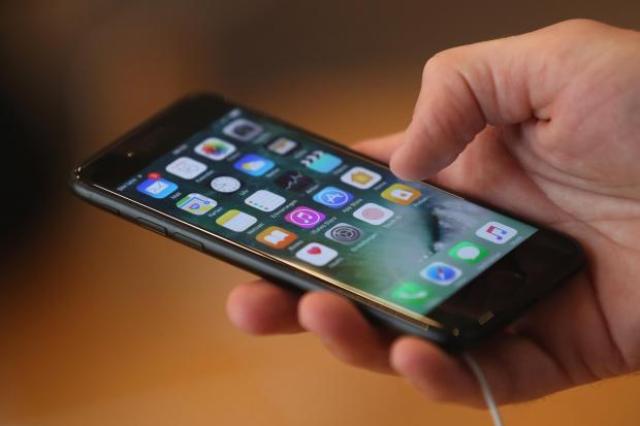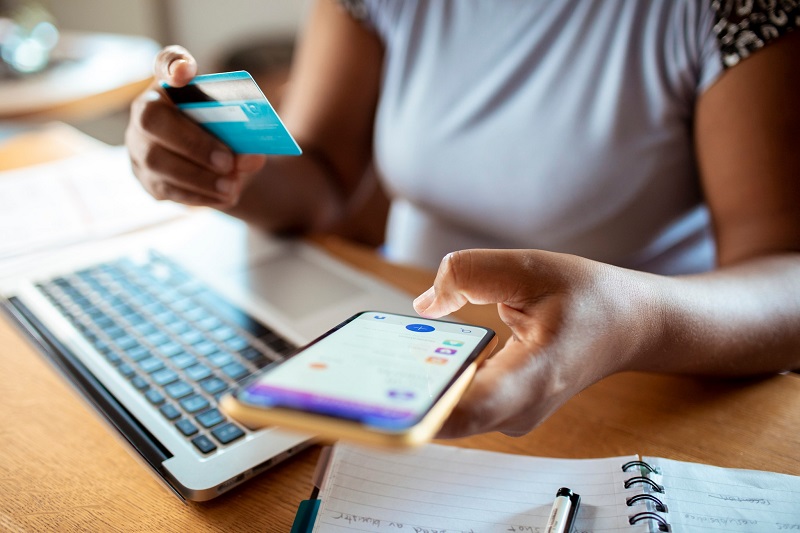In today’s rapidly evolving technology landscape, smartphones are frequently upgraded, leading many consumers to sell their older models for cash. While this practice is commonplace, it is not without its risks. Scammers are increasingly targeting individuals looking to sell their used cell phones, leading to financial losses, identity theft, and other serious consequences. As an independent research institution, we have conducted an in-depth analysis to provide consumers with a comprehensive guide on how to sell their cell phones safely, ensuring they receive fair compensation without falling victim to scams.

Understanding the Risks
Selling a cell phone may seem straightforward, but the process is fraught with potential dangers. The most common scams include:
- Payment Fraud:
- Buyers may use counterfeit currency, fraudulent checks, or stolen credit cards to make payments. These methods often appear legitimate until the seller realizes the payment is invalid, long after the phone has been shipped or handed over.
- Phishing Scams:
- Scammers posing as legitimate buyers may attempt to obtain sensitive information, such as bank account details or personal identification, under the guise of completing the transaction.
- Device Swapping:
- A common tactic where the scammer switches the phone with a non-functional or less valuable device during the transaction, leaving the seller with a worthless item.
- Non-Payment:
- After receiving the phone, the buyer may disappear without making any payment, particularly in cases where the transaction occurs via online platforms without secure payment options.
Selecting the Right Platform
The first step in avoiding scams is choosing a reputable platform to sell your cell phone. Our research evaluated various platforms based on factors such as transaction security, user satisfaction, and the incidence of reported scams. Here are the top recommendations:
- Swappa:
- Overview: Swappa is a user-to-user marketplace known for its strict moderation and user verification processes. Sellers are required to provide proof of device functionality, and buyers’ payments are processed securely through PayPal.
- Security Features: Swappa’s use of PayPal offers significant protection against fraud, as transactions can be disputed if something goes wrong. Additionally, the platform prohibits the sale of devices that are not fully functional or have outstanding balances, reducing the risk of disputes.
- User Feedback: Swappa has consistently high user satisfaction ratings, with many users praising its transparency and the quality of buyer-seller communication.
- Gazelle:
- Overview: Gazelle offers a streamlined selling process where users can get an instant quote for their device and ship it for free. Once the phone is inspected, Gazelle provides payment via check, PayPal, or Amazon gift card.
- Security Features: Gazelle’s reputation as a direct buyer reduces the risk of scams, as there is no need to interact with individual buyers. The company also offers data wiping services, ensuring that personal information is securely removed from the device.
- User Feedback: Gazelle’s users appreciate the simplicity and speed of the transaction process, though the quotes offered may be lower than those on peer-to-peer platforms.
- Decluttr:
- Overview: Decluttr buys used electronics, including cell phones, directly from consumers. Sellers receive a quote based on the model and condition of the device, with free shipping provided.
- Security Features: Like Gazelle, Decluttr eliminates the need for direct buyer-seller interaction, minimizing scam risk. Payments are made via direct deposit or PayPal, both of which offer secure transaction options.
- User Feedback: Users of Decluttr commend the platform for its ease of use and the promptness of payment, although some have noted that the initial quote can be adjusted after inspection.
- eBay:
- Overview: eBay remains one of the largest online marketplaces, offering a vast audience for sellers. However, its open nature also makes it a potential target for scammers.
- Security Features: eBay provides buyer and seller protection programs, which can help in cases of fraud. It’s crucial for sellers to use eBay’s official channels for communication and payment to benefit from these protections.
- User Feedback: While eBay offers potentially higher returns due to competitive bidding, sellers need to be vigilant about fake buyers and phishing attempts.

Best Practices for Safe Selling
Regardless of the platform you choose, adhering to best practices can significantly reduce your risk of being scammed:
- Thoroughly Research the Buyer:
- If selling through a peer-to-peer platform, take the time to research the buyer’s history and feedback. A buyer with a history of complaints or negative reviews should be avoided.
- Insist on Secure Payment Methods:
- Always use secure payment methods, such as PayPal or bank transfers, that offer protection against fraud. Avoid accepting checks, money orders, or payments via unknown services.
- Document the Transaction:
- Keep detailed records of all communications, payment confirmations, and shipping information. If possible, photograph the phone before shipping to document its condition.
- Use Escrow Services:
- For high-value transactions, consider using an escrow service. These services hold the buyer’s payment until the seller has confirmed the receipt and condition of the phone, offering an additional layer of security.
- Wipe Personal Data:
- Before selling your phone, ensure that all personal data is securely erased. Perform a factory reset and remove any linked accounts, such as Apple ID or Google account, to prevent unauthorized access.
- Meet in Public Places:
- If conducting a local sale, always meet in a public place, preferably in a well-lit area with security cameras. Many police stations offer safe transaction zones specifically for this purpose.
Common Scams to Watch Out For
Through our analysis, we’ve identified several common scams that sellers should be particularly wary of:
- Overpayment Scams:
- In this scam, the buyer “accidentally” overpays and asks the seller to refund the difference. The original payment is later found to be fraudulent, leaving the seller out of pocket.
- Fake Escrow Services:
- Scammers may create fake escrow websites that appear legitimate. Always use well-known, reputable escrow services to avoid this trap.
- Shipping Scams:
- Scammers may ask sellers to ship to a different address than the one listed on the payment method. This can void seller protections on platforms like PayPal.
Conclusion
Selling your cell phone for cash can be a rewarding way to recoup some of your investment in technology, but it’s crucial to remain vigilant against scams. By selecting a reputable platform, adhering to best practices, and being aware of common scams, you can significantly reduce your risk and ensure a smooth, secure transaction. As an independent research institution, we strongly recommend that sellers stay informed and cautious throughout the process, as the landscape of online transactions continues to evolve.

